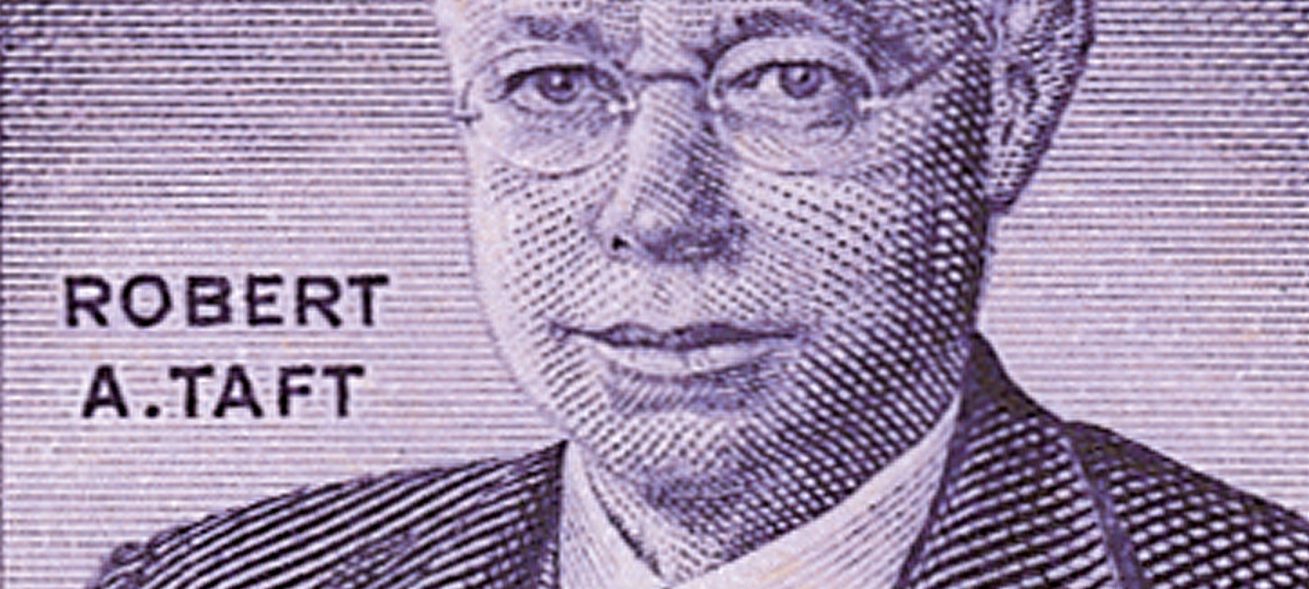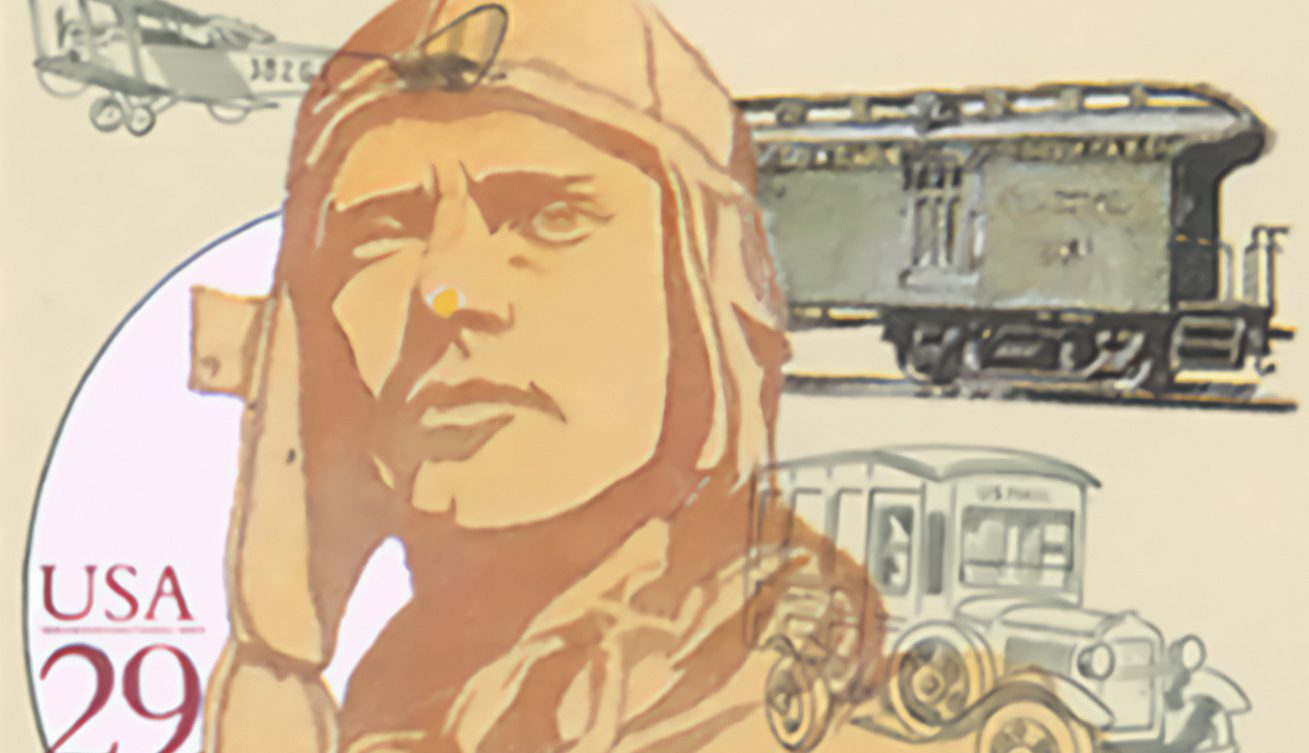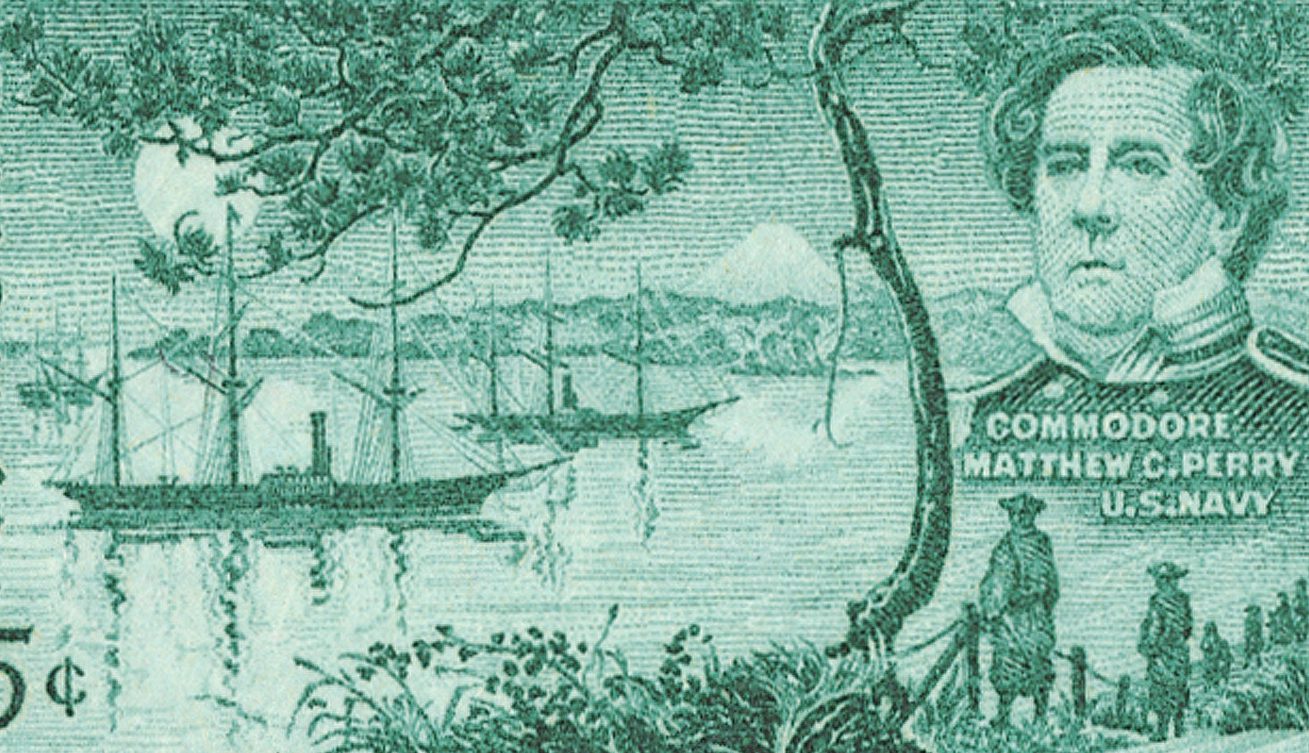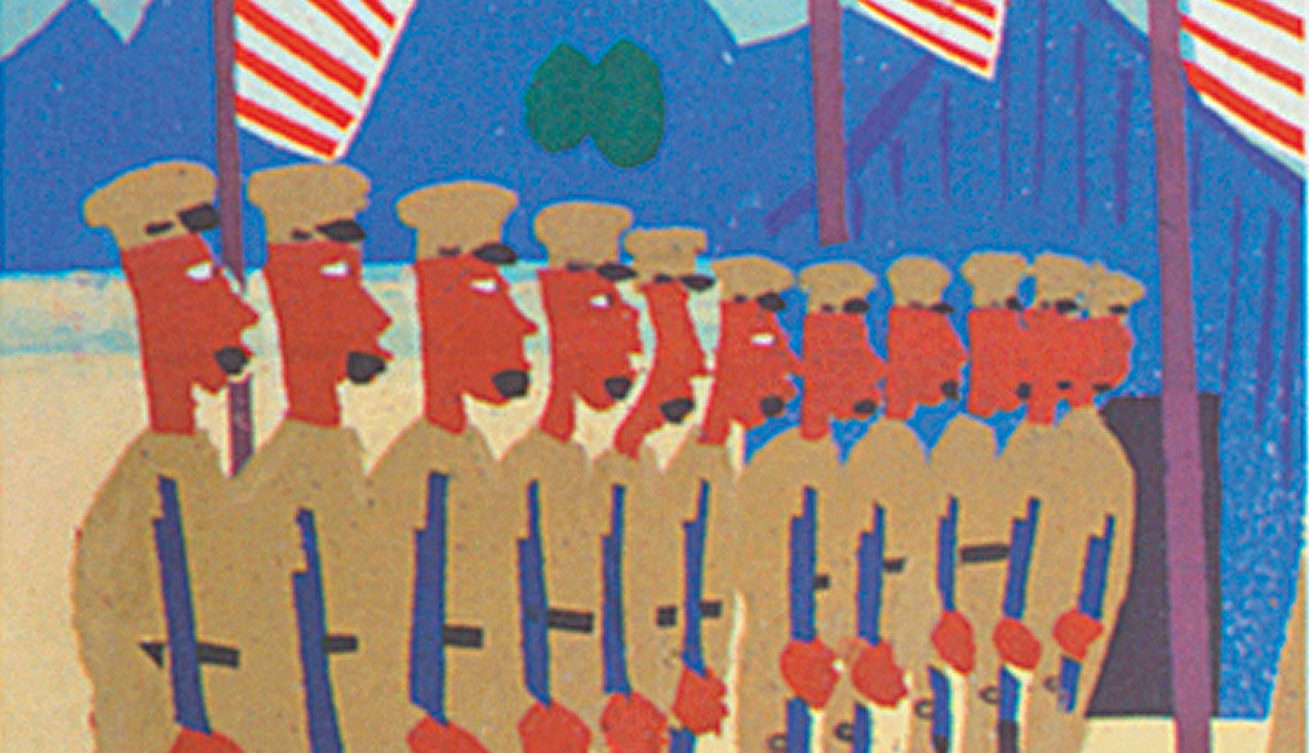the American Dental Association
On August 3, 1859, twenty-six dentists met in Niagara Falls, New York at the first meeting of the American Dental Association (ADA).

On August 3, 1859, twenty-six dentists met in Niagara Falls, New York at the first meeting of the American Dental Association (ADA).

Frédéric Auguste Bartholdi, the designer of the Statue of Liberty, was born on August 2, 1834, in Colmar, France.

Senator Robert A. Taft, son of America’s 27th president, died on July 31, 1953, in New York City. He was considered one of the five greatest US Senators.

On July 30, 1993, the Smithsonian’s National Postal Museum opened in Washington, DC. It’s home to the National Philatelic Collection, one of the world’s largest and most valuable stamp collections.

On July 29, 1858, the US signed the Treaty of Amity and Commerce with Japan, opening trade between the two nations. The treaty marked the end of more than 200 years of Japanese isolationism.

Jacqueline Lee Bouvier was born on July 28, 1929, in Southampton, New York. As first lady from 1961-63, she worked to restore the White House and historic landmarks, among other projects.

On July 26, 1948, President Harry Truman signed Executive Order 9981, calling for the end of racial discrimination in the US armed forces.

Bernardo Vicente de Gálvez y Madrid, Viscount of Galveston and Count of Gálvez, was born on July 25, 1746, in Macharaviaya, Málaga, Spain. A hero of the Revolutionary War, he later served as Spanish Governor of Louisiana and Viceroy of New Spain.

Roger Sherman, the only man in US history to sign America’s four most important documents (the Articles of Association, the Declaration of Independence, the Articles of Confederation, and the Constitution) died on July 23, 1793.